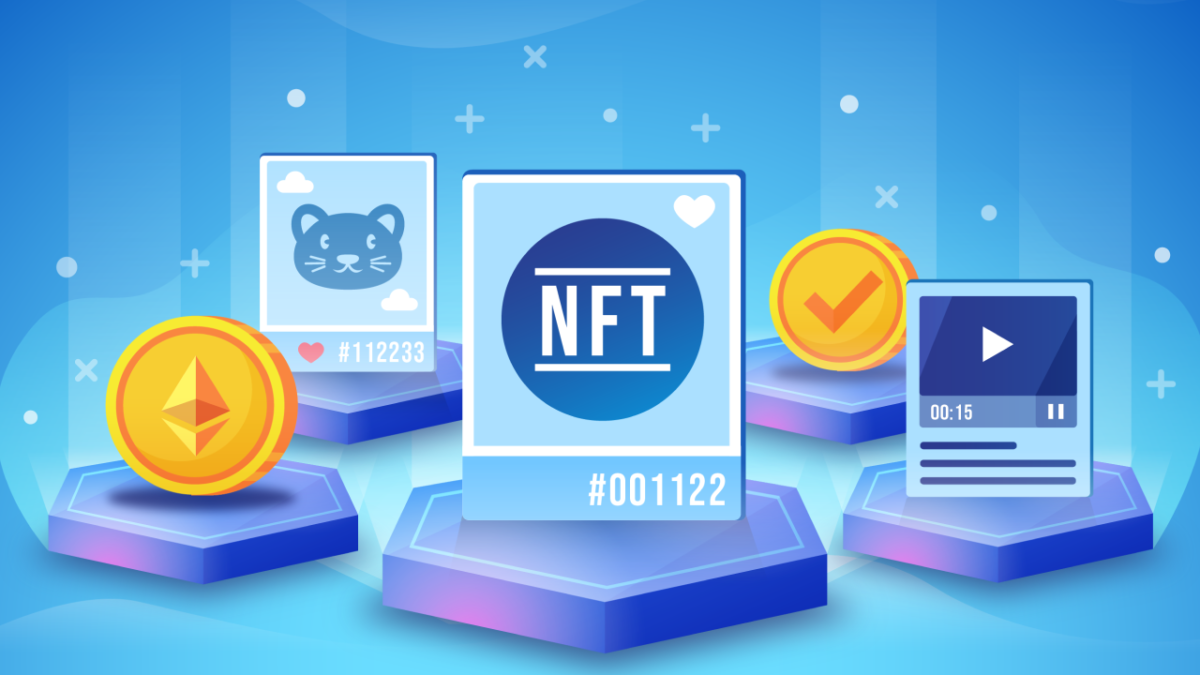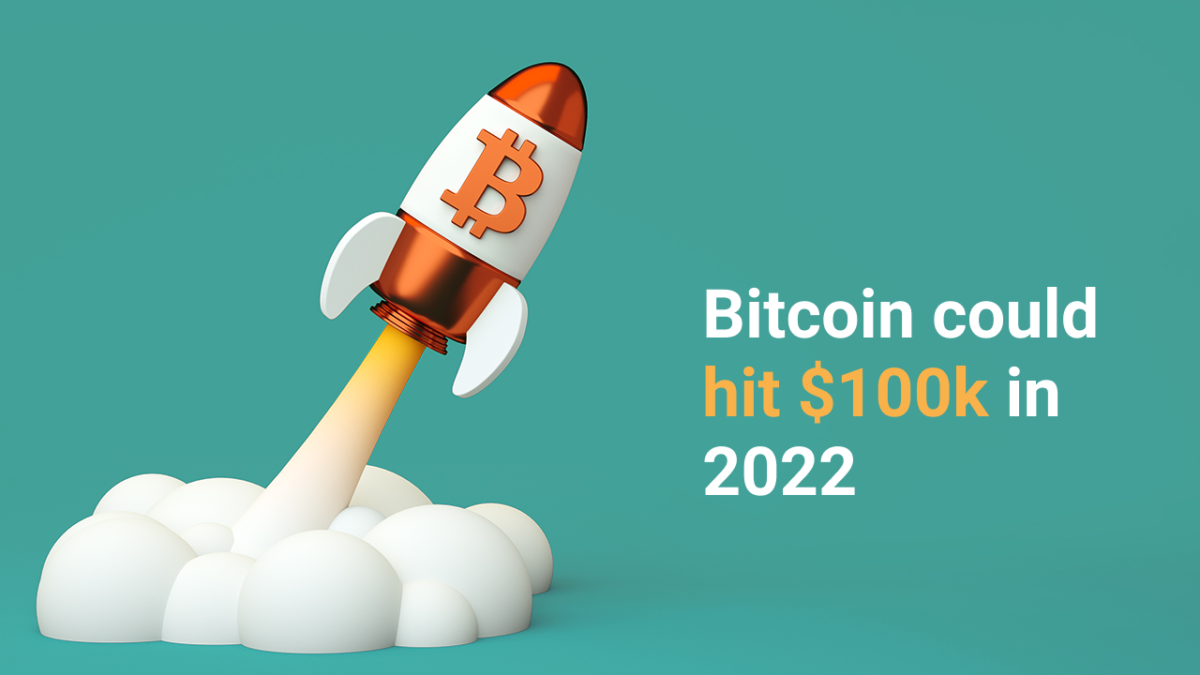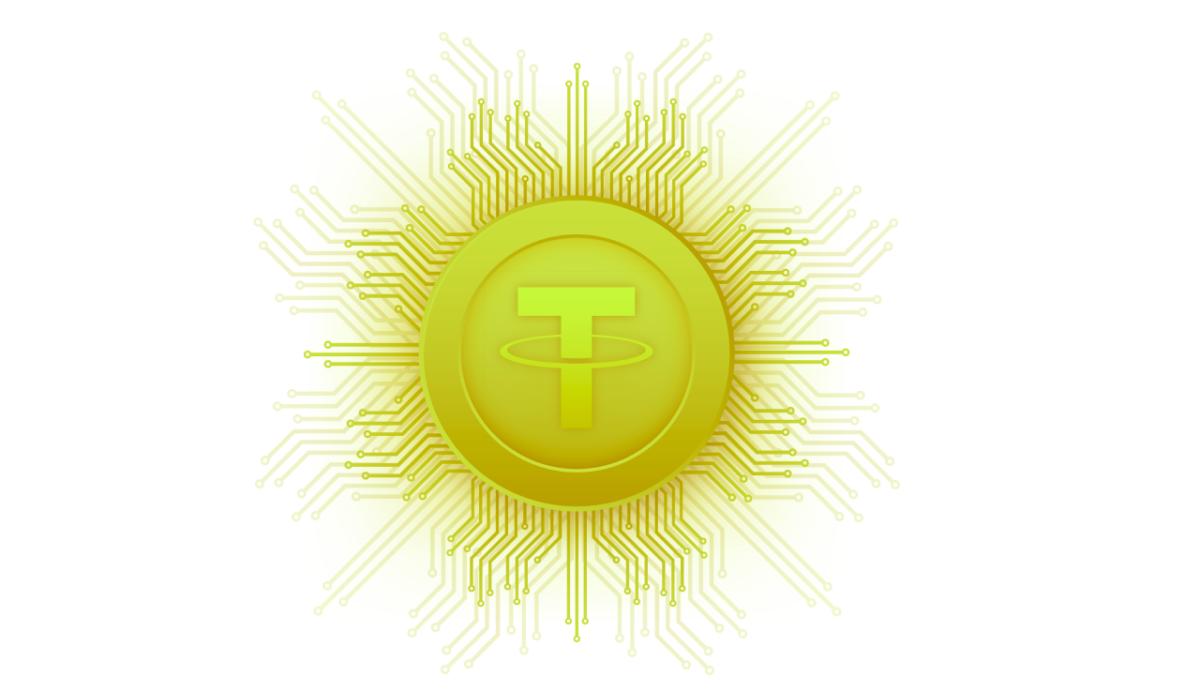You are probably thinking about investing in Crypto but are hesitant because of the unending scams. From the recent “Dumanis” coin scam where Ugandans lost over 2.7 million dollars, one is left wondering whether Crypto is actually a worthwhile investment. The good news is that it is and we are here to help you with a guide on how to stop the scams and avoid them.
With the fact that Crypto currencies are not regulated in Uganda and the crypto craze is increasing rapidly morreso with rising companies such as Binance, Bybit and Yellowcard. Crypto-assets continue to gain the attention of investors which has become a target for scammers who are looking to make some easy profits by exploiting individuals who want to make money quickly.
Types of Crypto Scams and how to avoid them.
- Crypto products that offer enviable and larger than life returns
Fraudsters usually promise exceedingly high returns which are not backed by fundamentals. This often goes unnoticed by many who move into crypto to make quick money. Scammers tend to make promises and sometimes tap into the crypto space by using the anonymity of the internet to their advantage. These scammers usually imitate government individuals and celebrities, creating fake videos featuring celebrities like Floyd Mayweather, Zari the boss lady, and so many more to lure you into buying in.
Note: “The best way to spot an impostor account is to evaluate the returns you’re going to get. If a crypto offer sounds too good to be true, that’s the only red flag you need as it can be deceit.” – Shashi Jha, Head of Legal and Compliance at WazirX
- Cloning Websites
Cloning websites are usually copied and “modified” websites of a popular one. It is however easy to spot a cloning website as they do not have a lock icon in the URL bar. They also usually divert from the website when it comes to payment. Make sure to double check the website you are directed to when it comes to crypto currencies. That will save you a lot of money and crypto scams.
- Network Marketing or Pyramid Selling
You know you are Ugandan if you have been part of a pyramid and network marketing selling scheme. These are popular among individuals who want to make quick money. Network Marketing is a controversial marketing strategy for the sale of products or services where the revenue is derived from a non-salaried workforce selling the company’s products or services, while the earnings of the participants are derived from a pyramid-shaped or binary compensation commission system.
The network marketing scheme usually works this way: Those who bought in early usually recruit new “members” and the more people who buy crypto, the higher the prices become, and the thicker the original owners’ digital wallets get.
The thought of making easy money, especially after seeing others make money, triggers people to stop typical reasoning and invest into these ponzi schemes blindly.
In order to avoid these, you need to understand how transactions take place and how they are formed. Learn how crypto currencies work and ensure you do not get involved in transactions that you cannot understand. If you do not understand the transactions, always consult an expert
How to check whether a crypto project is genuine or not?
It is important to google or do your own research (DYOR) about the core team building and dealing with a certain crypto currency, this, you will find on the website of that particular project. You can move a step further and check out their linkedin profiles. This can save you from jumping onto the “trending” cryptos and coins.
Next, you need to spend time on the official website of the project. If the website only talks about buying their crypto token and how it will gain 100x over the next few days, that is a no go area.
Lastly, you can scroll through the social media channels of the project. All crypto projects are active on some social media platforms. If the Twitter profile looks dead or contains a few posts over the past few months, that should be a red flag. These can help increase the chances of you not losing money to the increasing crypto scams.
With the rise in the popularity of crypto currencies, it is important you have this guide attached to your hip to help you spot crypto scams and how you can save your investments and avoid them.









